It was a pretty busy weekend, and as always, pictures take a few days to be sorted out. One day at a time; First: Saturday.
My "mentor" (actually, unofficial boss) at work, Alice, invited me to go with her to Tainan, her hometown, to enjoy the various sights and snacks. With us also came Alice's friend and colleague, and a new hire fresh out of university.
Tainan is only about 45 minutes from Kaohsiung by car, so the trip was akin to going from Toronto to Hamilton for the purpose of enjoying "local delicacies". As it turns out, the culture, style and politics of the two cities were noticeably (but not remarkably) different, and it was true that certain foods local to Tainan can't be found anywhere in Kaohsiung.
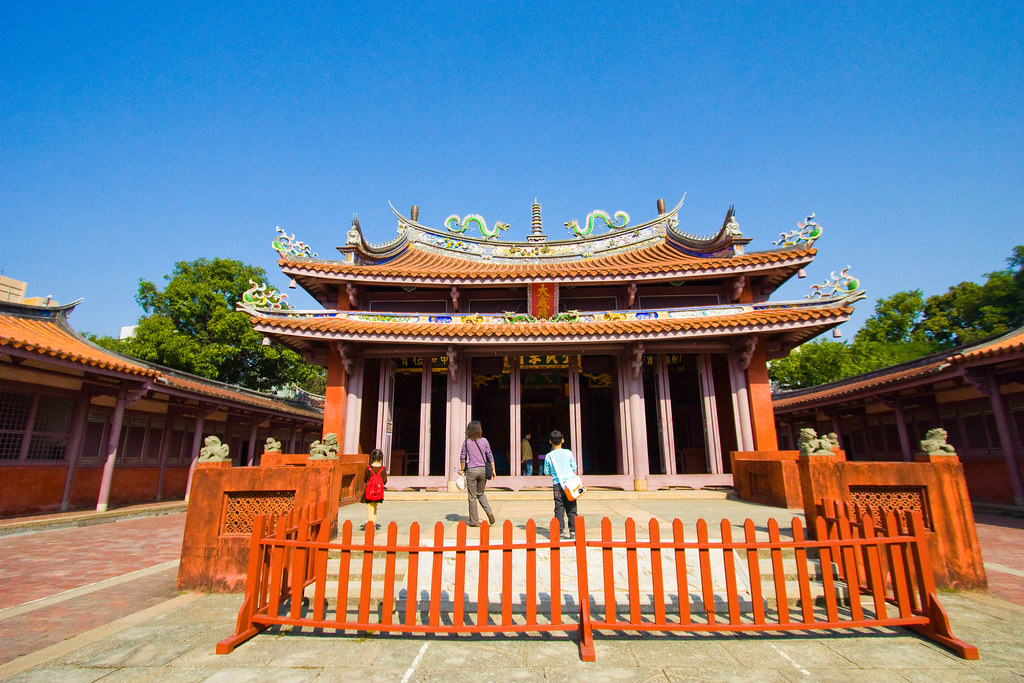
The temple's main shrine, the 大成殿, is a common feature of all Confucian temples. It resides in the inner courtyard, and houses the ancestral tablets of important people during the temple's life. It's quite a shame that the main steps had to be guarded by an eyesore of a fence, but presumably it prevents damage to the precious stone carvings at the centre.

The main shrine's interior is decorated with numerous plaques with phrases I can't hope to understand, so I'll explain a bit about the temple's history instead. It was originally built in 1665 as the "Scholarly Temple". In 1683, when Taiwan was annexed by the Qing Dynasty in China, the temple was converted into an academy, and renovations and expansions taking place for the next decades and centuries. During Japanese rule starting 1895, the temple was converted into a school and barracks, and sustained heavy damage. A reconstruction took place in 1917 to give the temple its basic layout today.
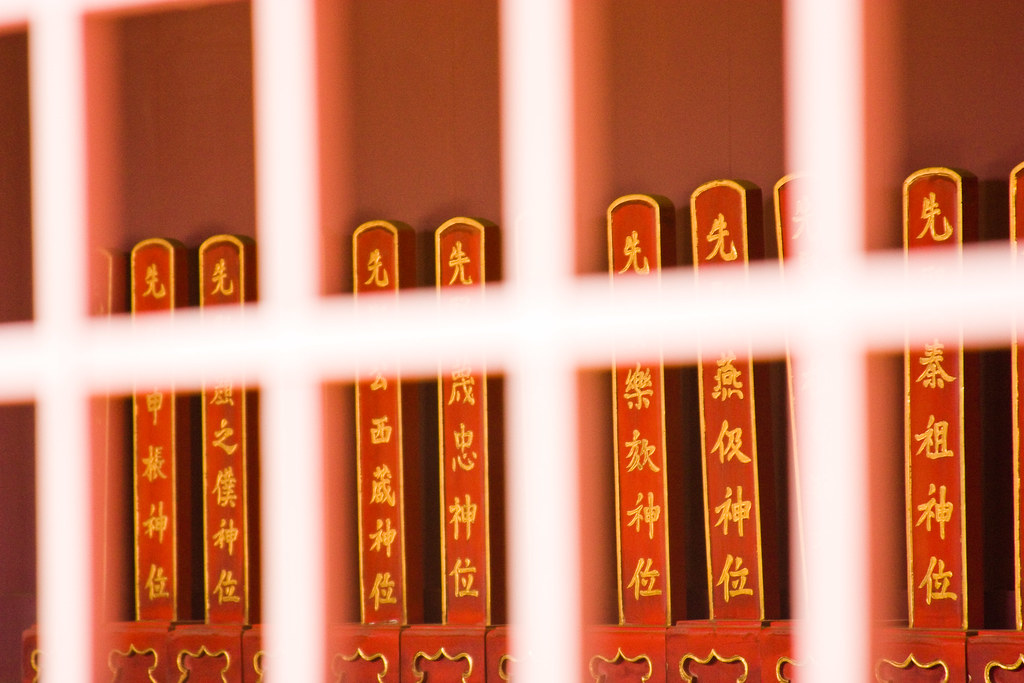
A side room housed a row of memorial tablets, presumably inscribed with names of important dead dudes. As a side note, since the temple functioned formerly as a school and academy, parents today often think that bringing their kids here will result in better exam scores, as if exam scores happened by chance.
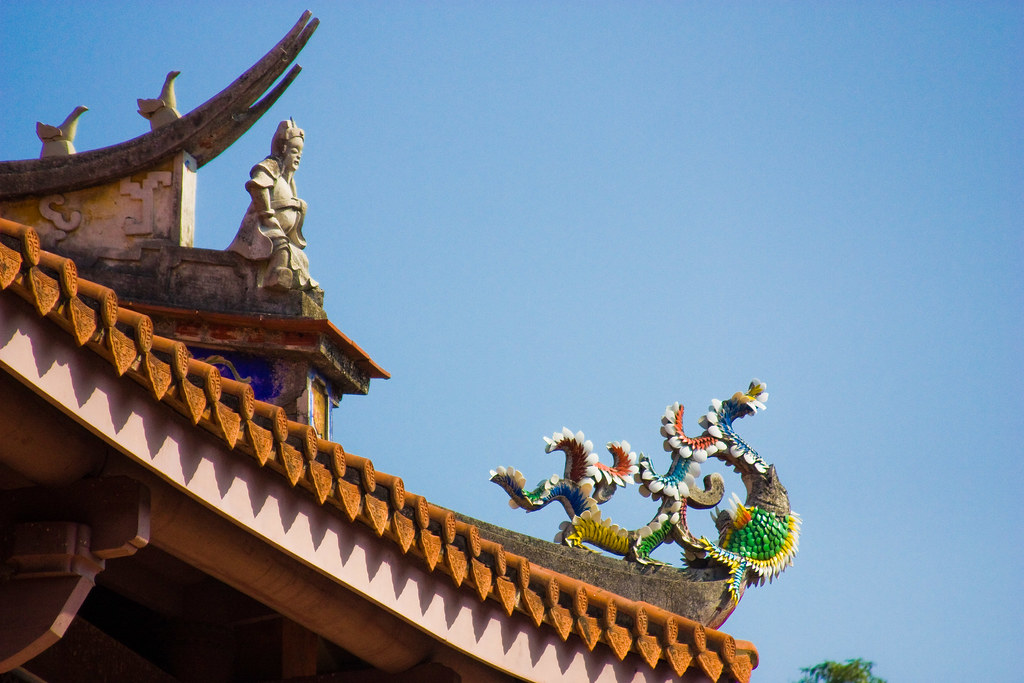
Of course, the level of detail put into these structures is quite astounding. On the roof, a colourful fish sprays water under the watchful eyes of a wise old man.

In a back room, several real-life "wise" men sit around a table, passing the time with Mahjong, newspapers, and a crude television.

Next to the temple is an elementary school, and a track meet of sorts is happening. A vendor sells colourful balloons in the images of copyrighted characters, most likely without licence. That seems to be the mindset here in Asia: when interviewed about a Disneyland knock-off in Beijing several years ago, a woman said "but Mickey Mouse is just a common character that no one in particular created, right?"
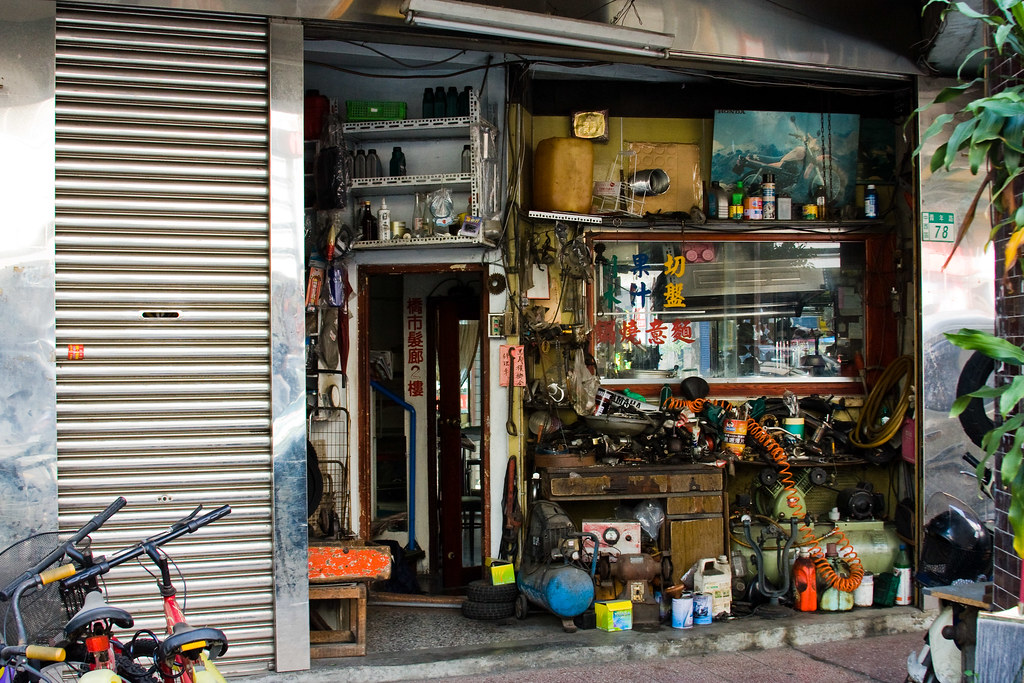
What appears to be a machine shop faces the main road. The text on the window advertises juice and some kind of noodles. Through the door we might be able to see what appears to be some restaurant seating. That's another thing about (southeast) Asia: no one cares about appearance more than substance. This could be the most popular restaurant around, as long as its food is good.
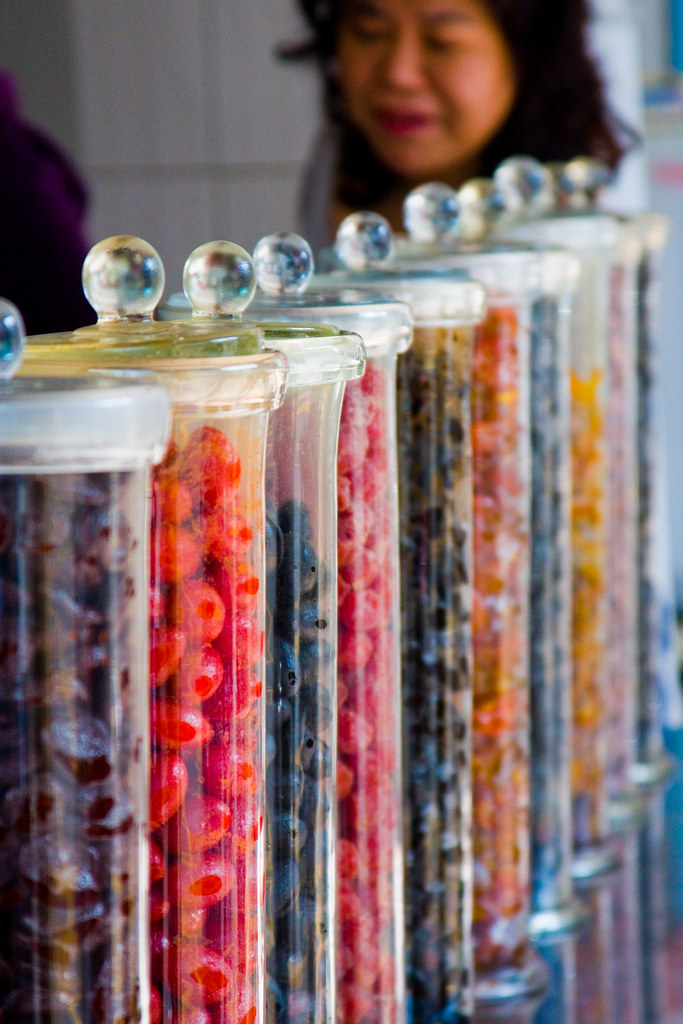
Tainan specialty the first, which could not be obtained in Kaohsiung: this is a drink/dish whereby pieces of dried fruit (many types displayed in tubes here) are served with a bowl of ice shavings in sugar water. It tastes exactly like what it sounds like - think raisins in canned peach syrup, with ice.
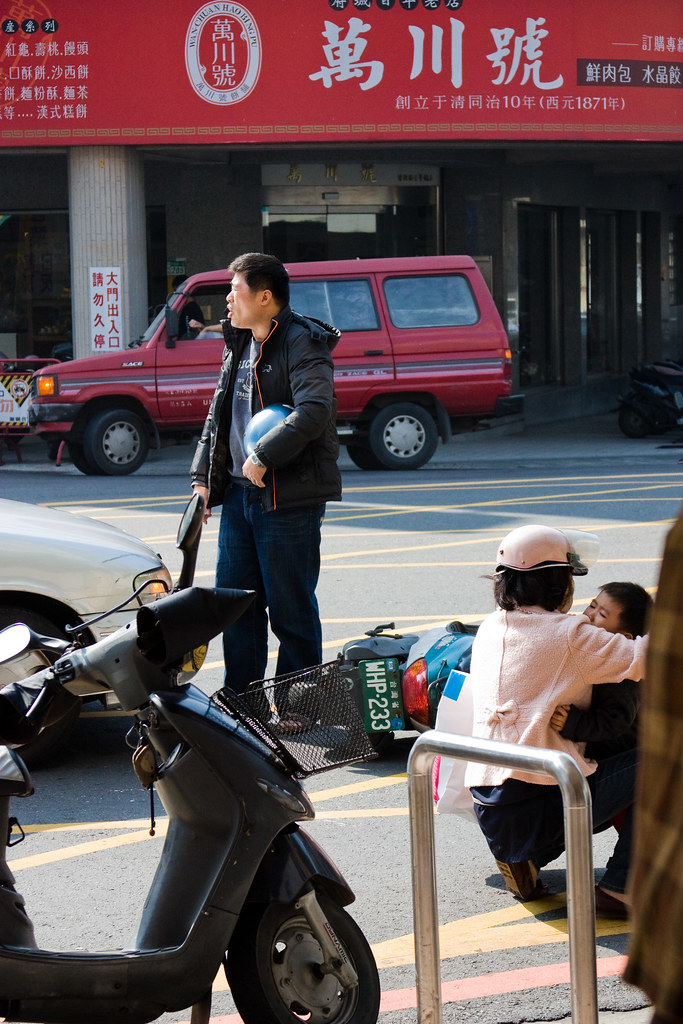
Outside the dried fruit juice store, a minor accident had just taken place: a right turning car bumped into a scooter carrying a family of three. As far as I could tell no one was hurt, and nothing was damaged, but the scooter driver (pictured) insisted on screamed at the car driver (not pictured), a humble-looking old man who nodded weakly, standing outside his car, and never said a single word in return. The mother tries to comfort her child (also pictured), who was crying probably not from the fall, but the incessant sound of his father screaming at a helpless old man.
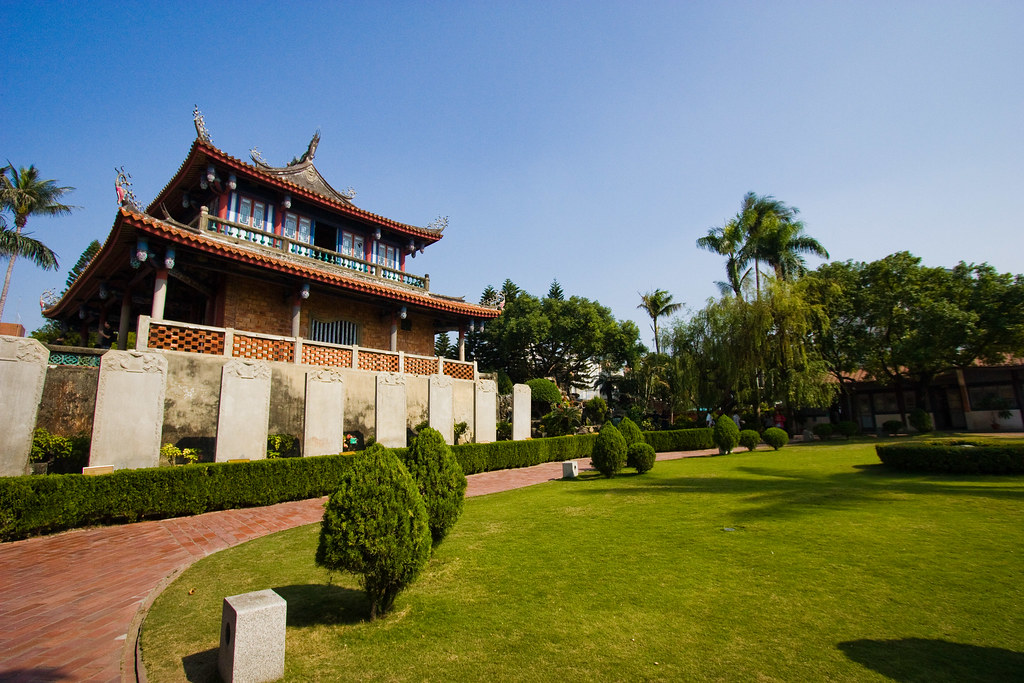
Our next stop is Chihkan Tower, the first of two symbols of former Dutch rule of Taiwan. The site was originally known as Fort Provintia during Dutch rule, until Koxinga, a Ming Dynasty general opposed to (and escaping) the Qing Dynasty takeover of mainland China, drove out the Dutch and installed his own kingdom on the island in 1662. He died shortly thereafter, and his son took control of the Taiwan kingdom for 21 years, until the Qing Dynasty finally annexed the island in 1683.
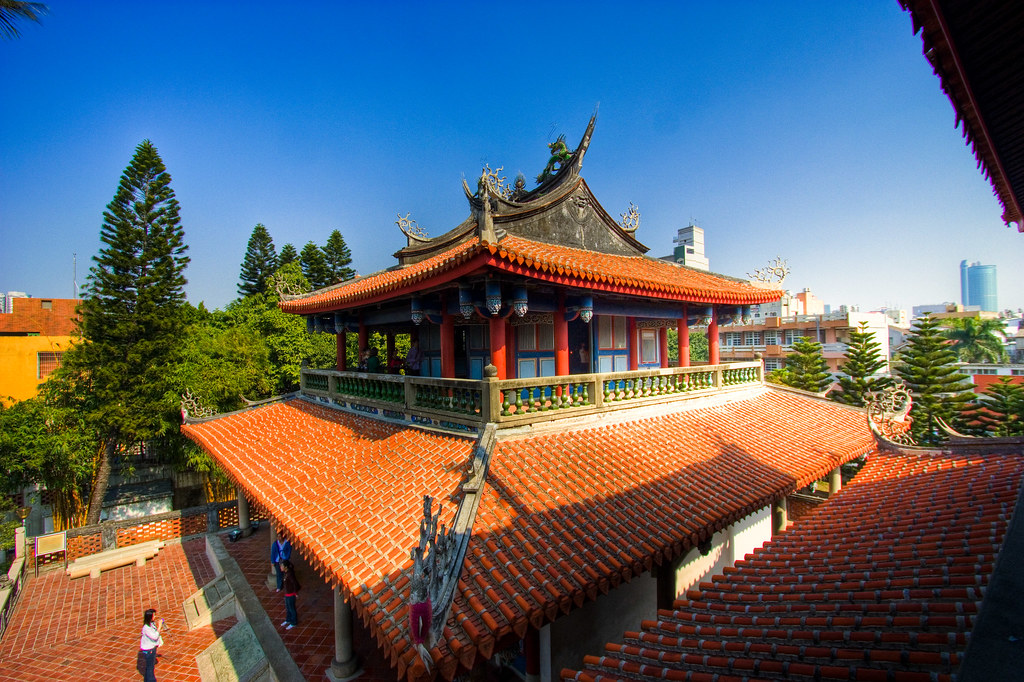
The Chihkan Tower grounds consists actually of two towers, each similar in layout and design. Characteristic of such ancient buildings, the tower roofs are decorated with ornate sculptures.
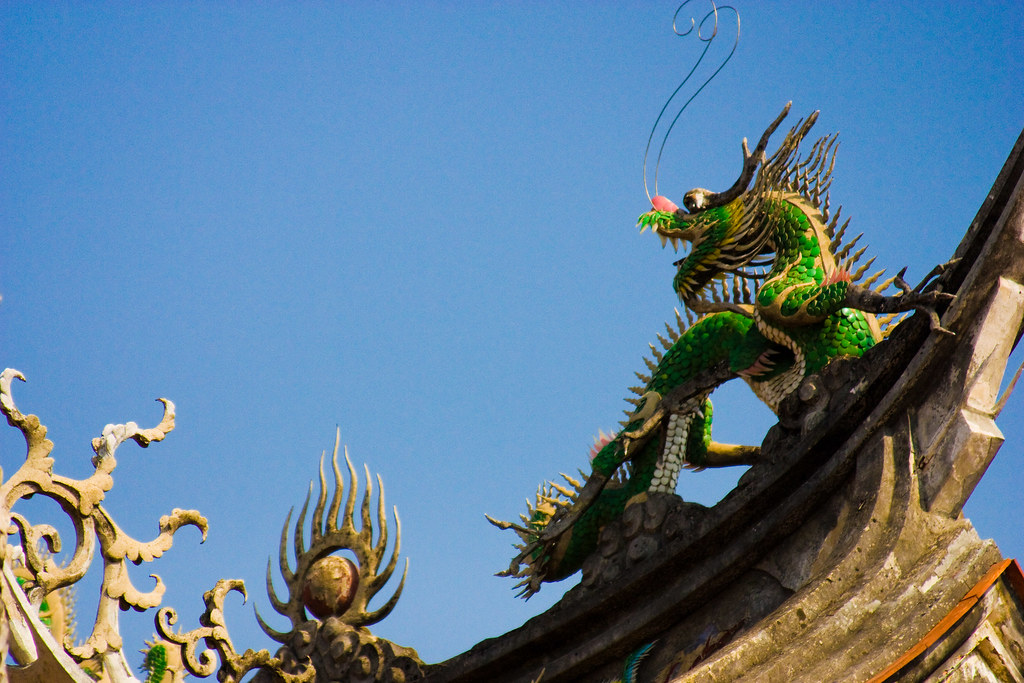
A pair of dragons rest of the roof, both looking back at a fire orb in the centre.
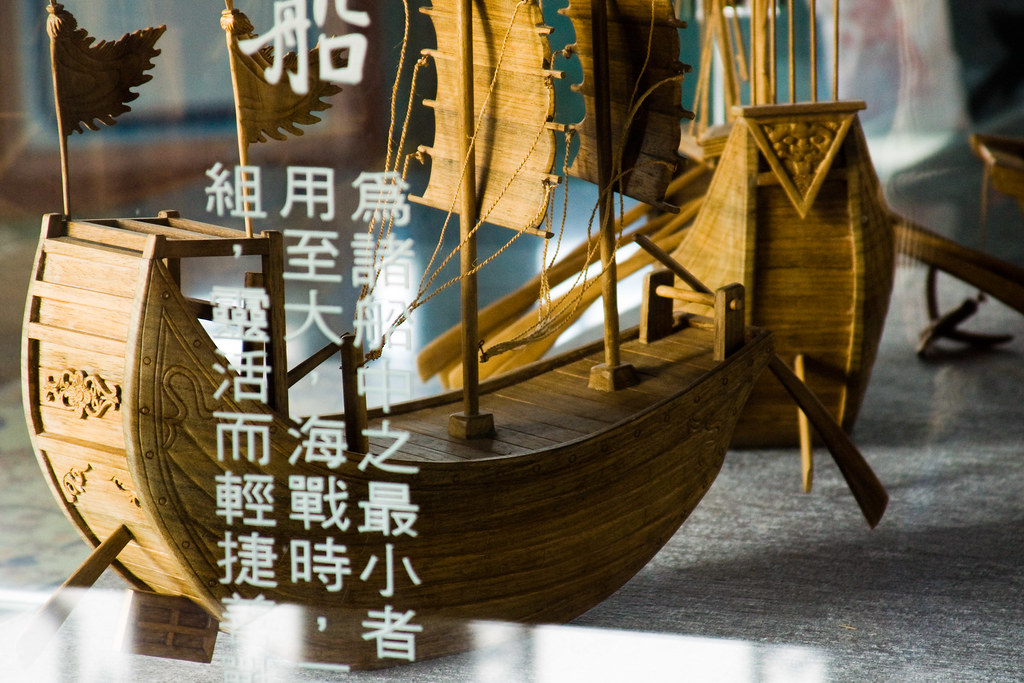
A display of wooden ships represent the armada Koxinga used to defeat Dutch forces.

A busking artist offers a five-minute sketch for 200 NT (about $8) on the fort grounds.
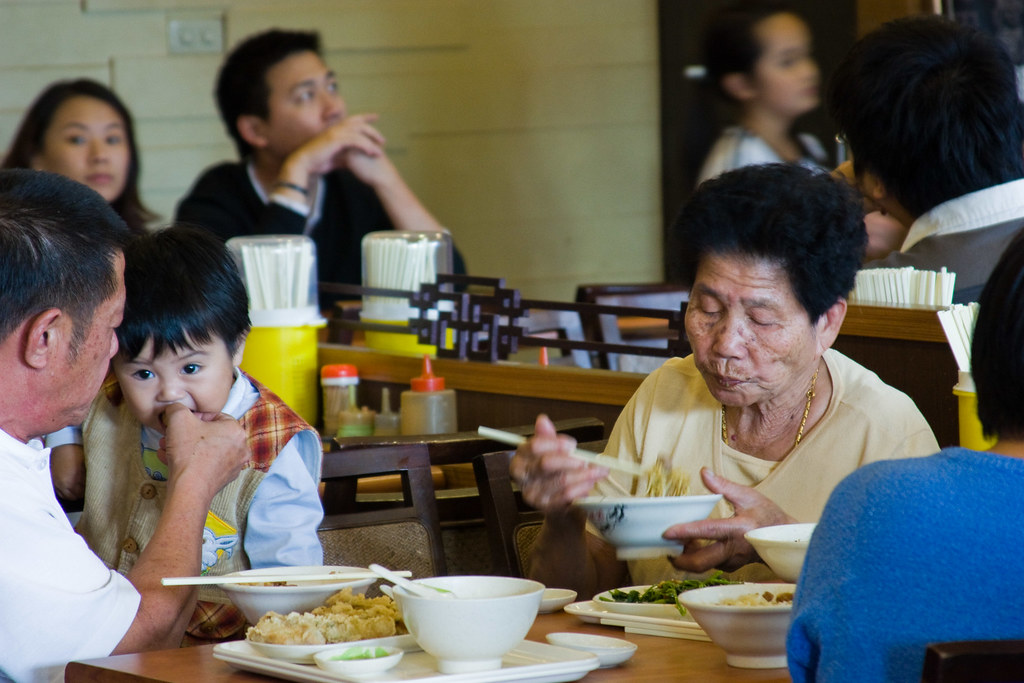
For lunch, we visited a very famous restaurant next to the canal. Apparently this is the one restaurant that any visitor to Tainan should surely visit. It operated rather like a food court. People crowd around a counter to order food, then it's each patron's own responsibility to find a seat and carry the food. Given the size of the crowd, carrying bowls of soup up stairs is definitely a bit of a challenge, and the self-seating policy means that there will always be people watching you eat, eager to take your seat.
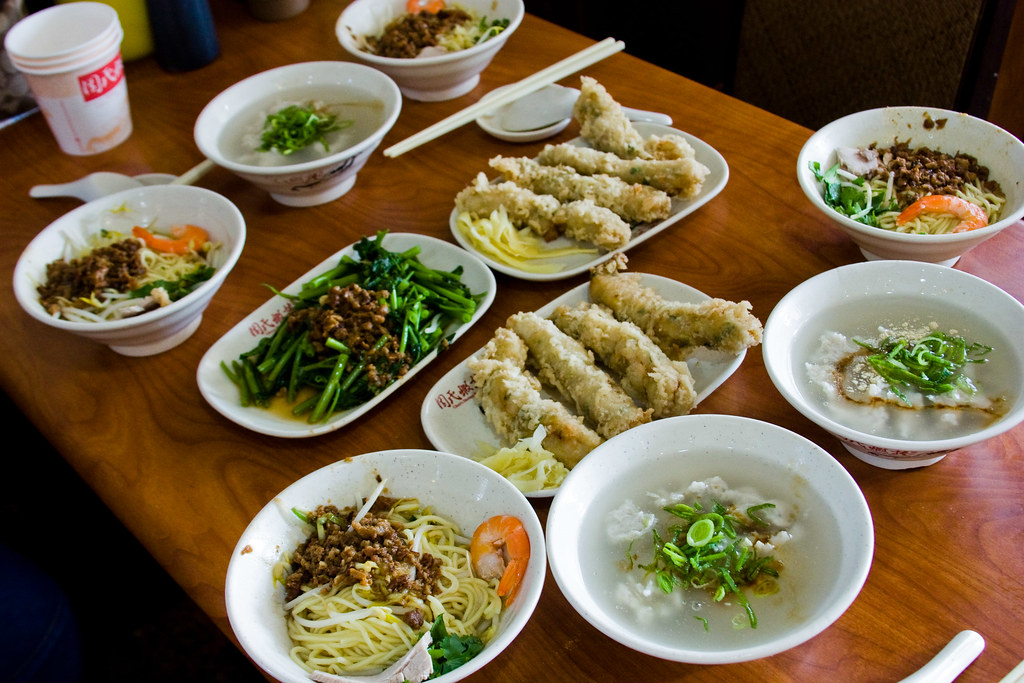
The food, if not the process of getting it, was definitely thoroughly enjoyable. Our feast consisted of dry noodles with minced meat, fish balls in a starchy soup, a plate of green vegetables I have never eaten before, and some fried shrimp rolls that are actually the centre of the restaurant's fame.
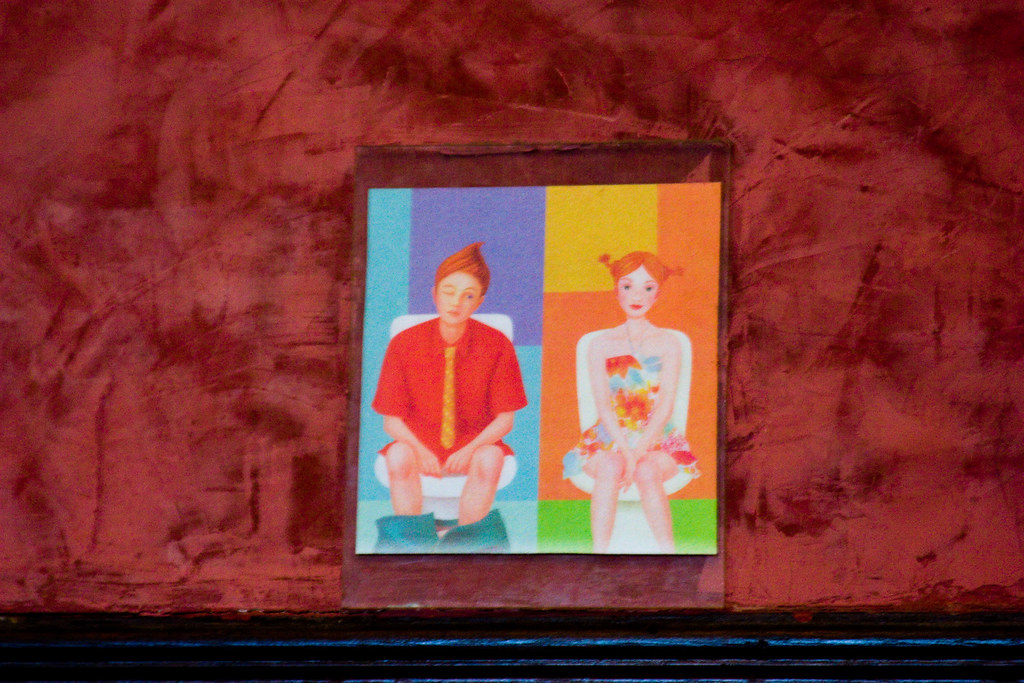
The sign hanging above the restroom is somewhat peculiar. In Taiwan, toilet humour is almost never off-limits.

Next stop: Fort Anping, another relic of the Dutch, captured by Koxinga in 1662. The fort, known as Fort Zeelandia during Dutch rule, sits on the sea coast to defend Dutch interests in Tainan. In 1661, the fort's garrison of 2000 was bombarded for nine months by Koxinga's armada before the Dutch governor Frederick Coyett finally surrendered, and his remaining 400 men were graciously allowed to leave.
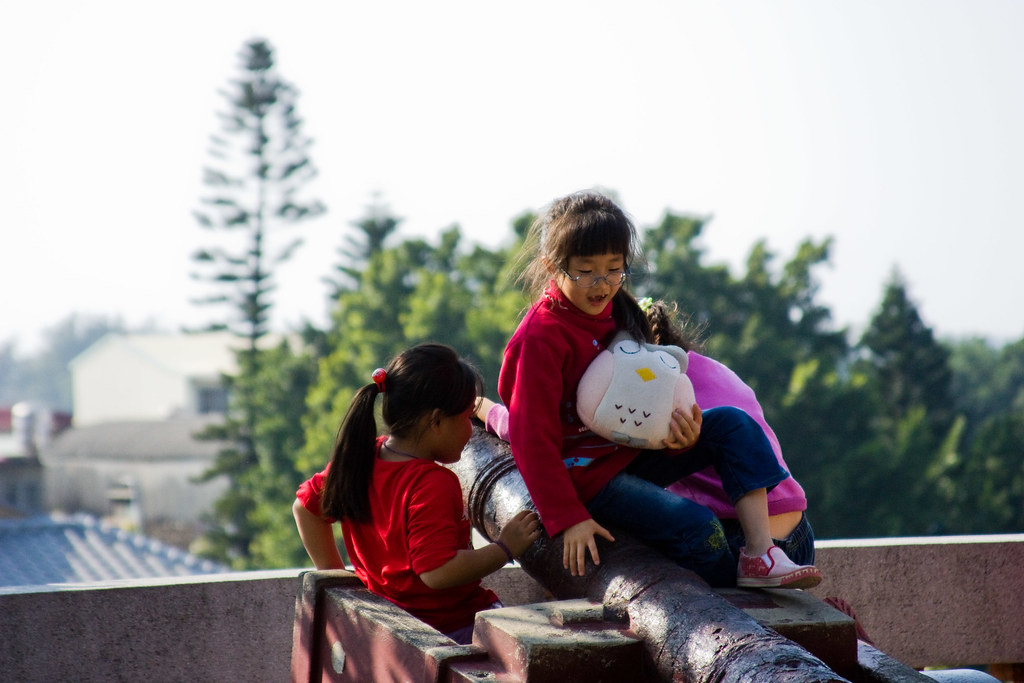
"This [ancient Dutch] cannon has been fully restored and is in ready-to-fire condition. But it's a good thing we're not firing it, because it happens to be aimed at the main support leg of that lookout tower. People don't realize that these cannons are very sensitive, and the slightest jolt could set them off."

"Of course, for safety reasons, we don't keep the cannon loaded: it's just common sense."
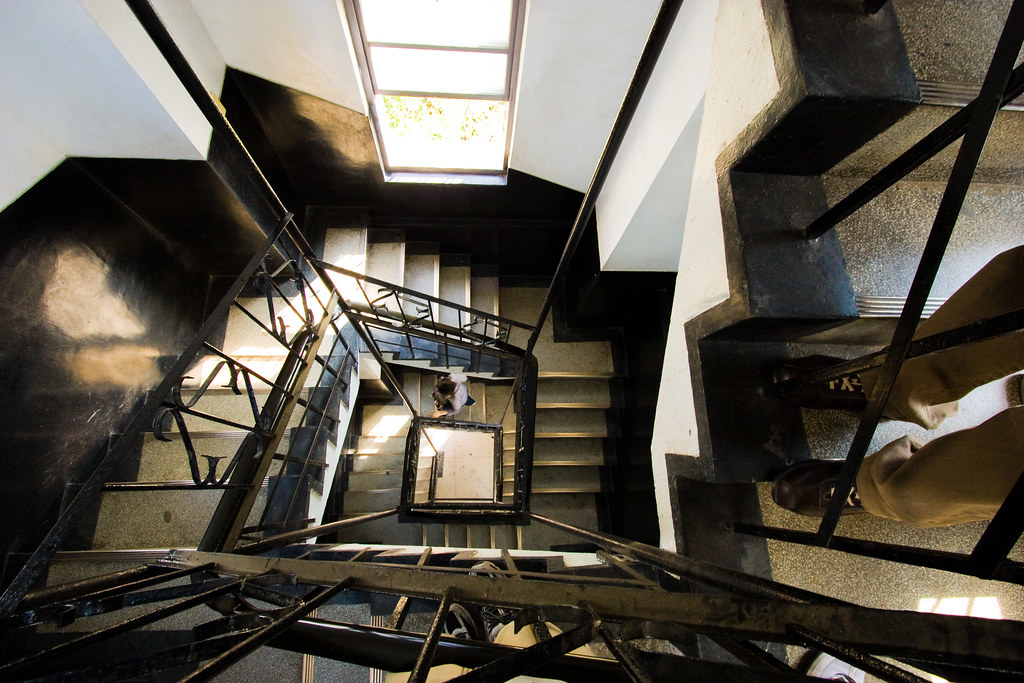
It's a short climb to the top of the lookout tower, where there's panoramic view of the Tainan skyline.
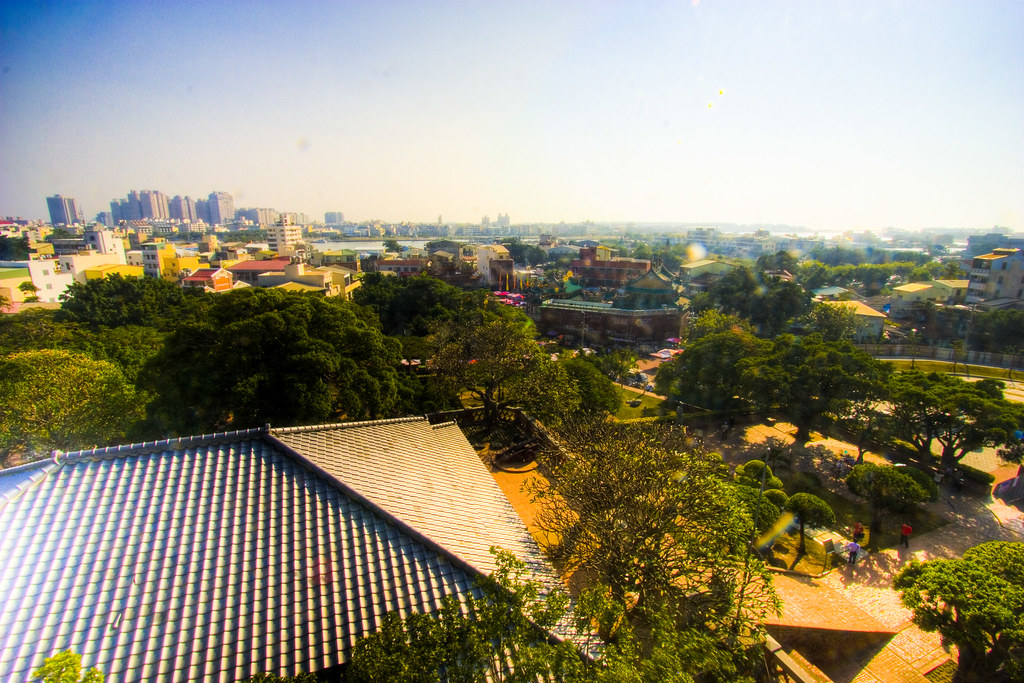
Through the dirty windows of the lookout tower, this photograph looks like it was developed from contaminated film (or something), which I think brings some special life to this otherwise fairly uninteresting cityscape.
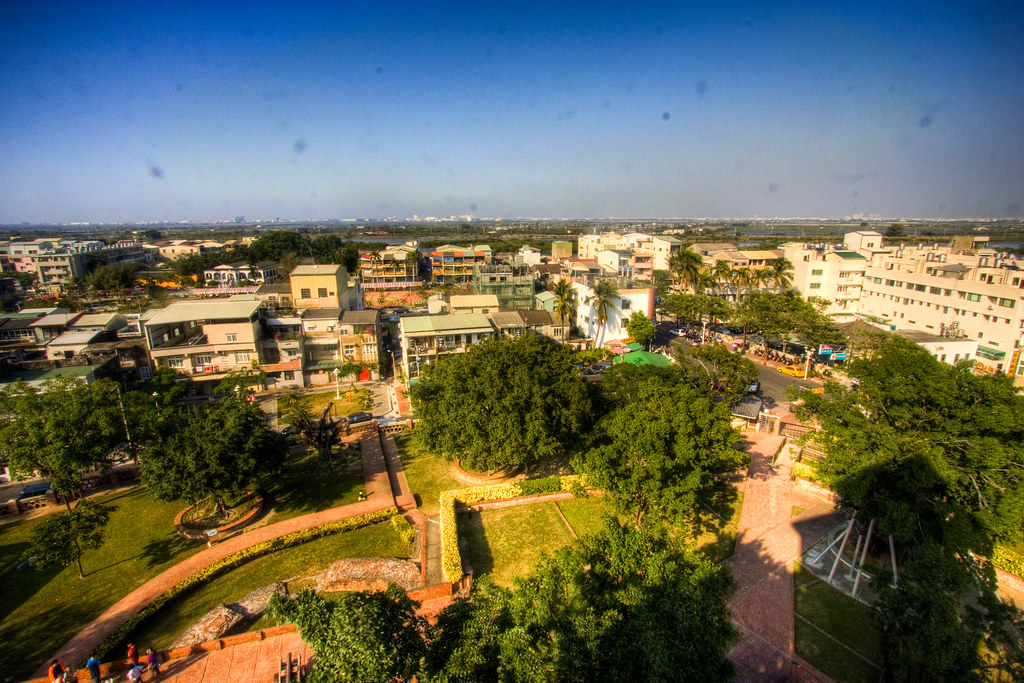
Looking north from the Fort Anping lookout tower, Tainan's districts extend well past the horizon. Though the view from above might not be awe-inspiring, bear in mind that views from above rarely do justice to Taiwanese cities. The liveliness characteristic of the narrow streets and markets can never been seen from above. Again: substance is weighted here more than appearance.

Outside Fort Anping is a busy market, with stands selling ice cream, jewelry, toys, snacks, and plenty more. A popular snack found here, also popular in Kaohsiung, are these mini-cakes. Some kind of egg batter is poured into cast iron molds and heated for about 3 minutes, and you pay a nominal price for the privilege to bite the head off your favourite cartoon character.
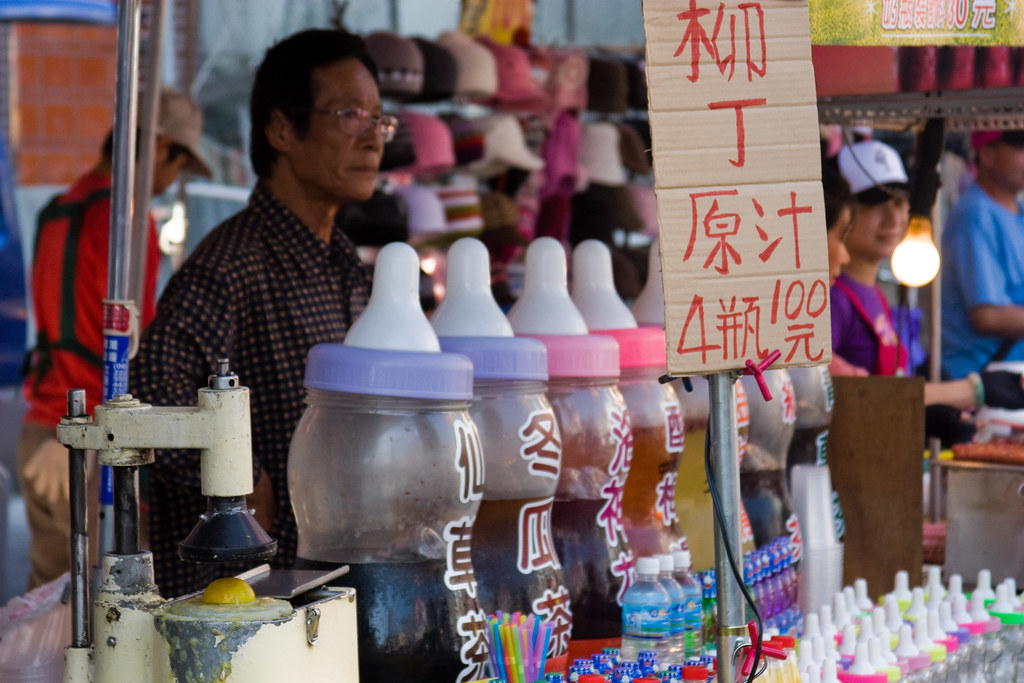
A vendor mans his kiosk, selling fresh lemonade and various types of tea drinks stored in giant novelty milk bottles. Tea is almost never served hot here, for obvious reasons.
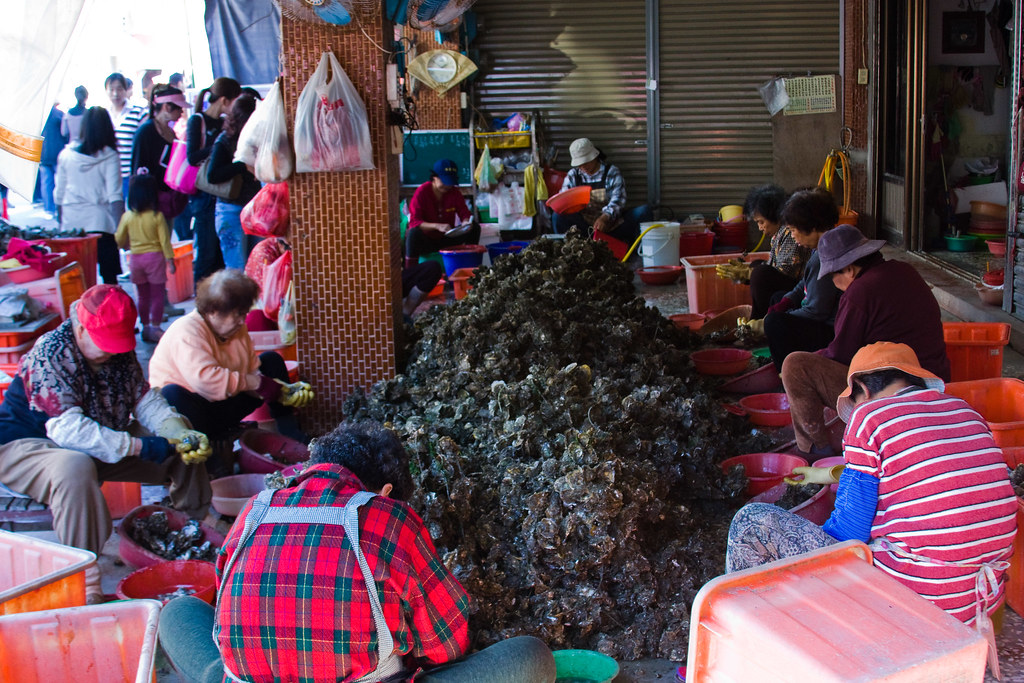
Some old women shelling a giant pile of oysters. A pickup truck comes by occasionally to take away the buckets of shells. Tourists gather around to capture the memory, and I do too.
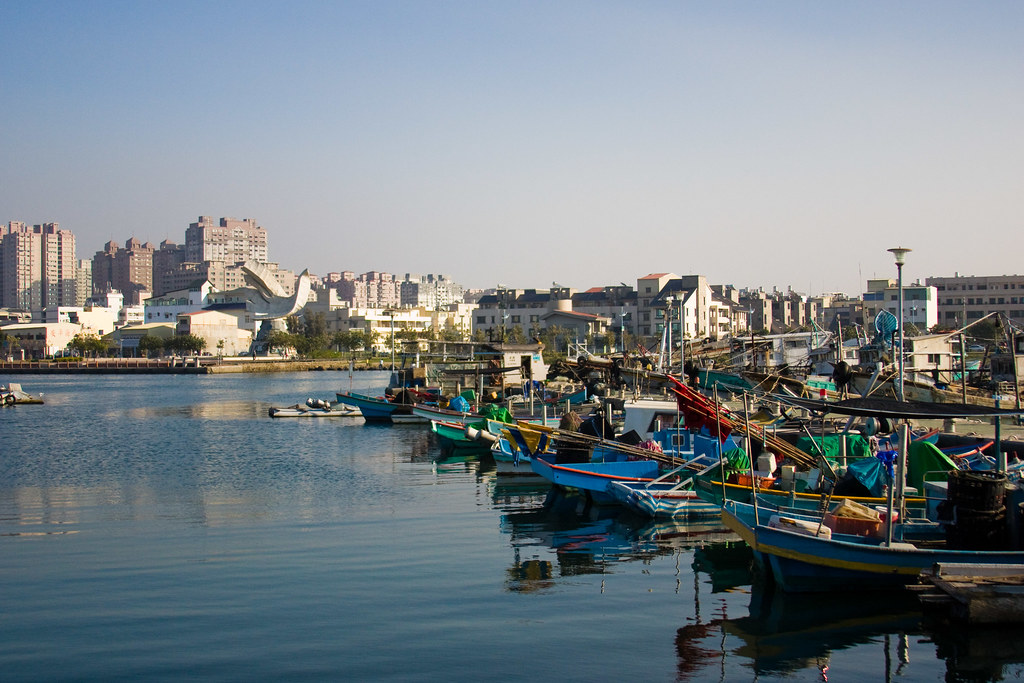
Our car is parked where the canal meets the sea. Here, hundreds of vessels of varying sizes and functions are lined up at the docks, and the air stank of foul fish. The opposite shore looks more pleasing, with modern housing, green space and a boardwalk along a bare shore.
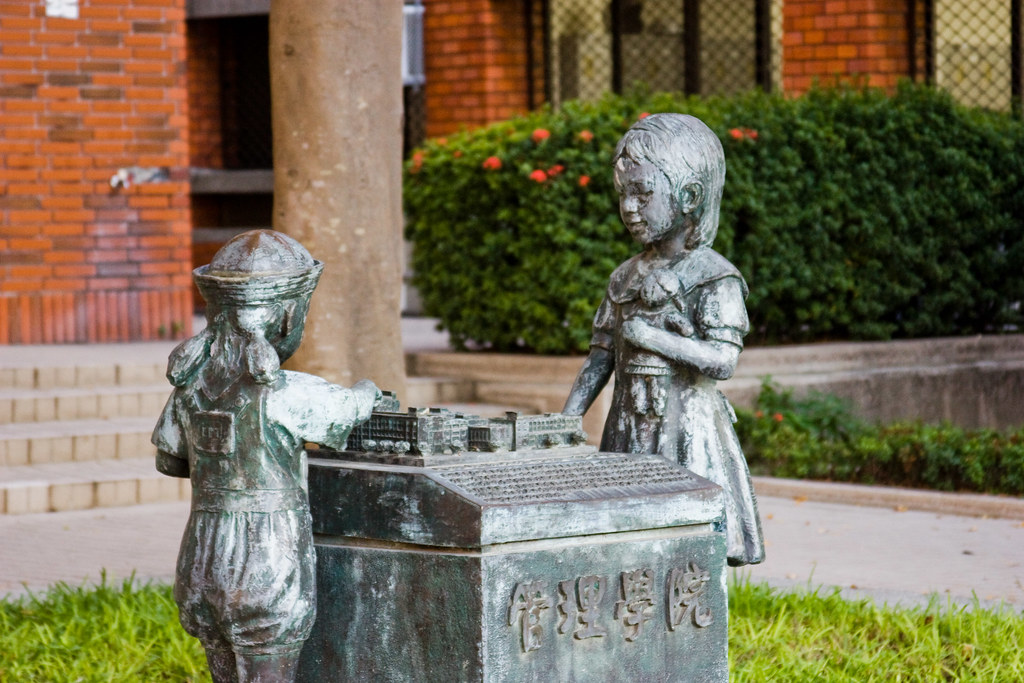
Our final destination before dinner is the
National Cheng Kung University, one of Taiwan's most prestigious universities in arts, science, engineering, management, and everything else. Many consider it second only to
National Taiwan University in Taipei. Here, a statue of children playing with a model of the campus is titled roughly "Management Campus".

The campus park is also home to a giant tree (right, in the distance) said to symbolize age, wisdom and protection. Young and old alike here enjoy some peaceful relaxation or chance to exercise in these last hours of sunlight.
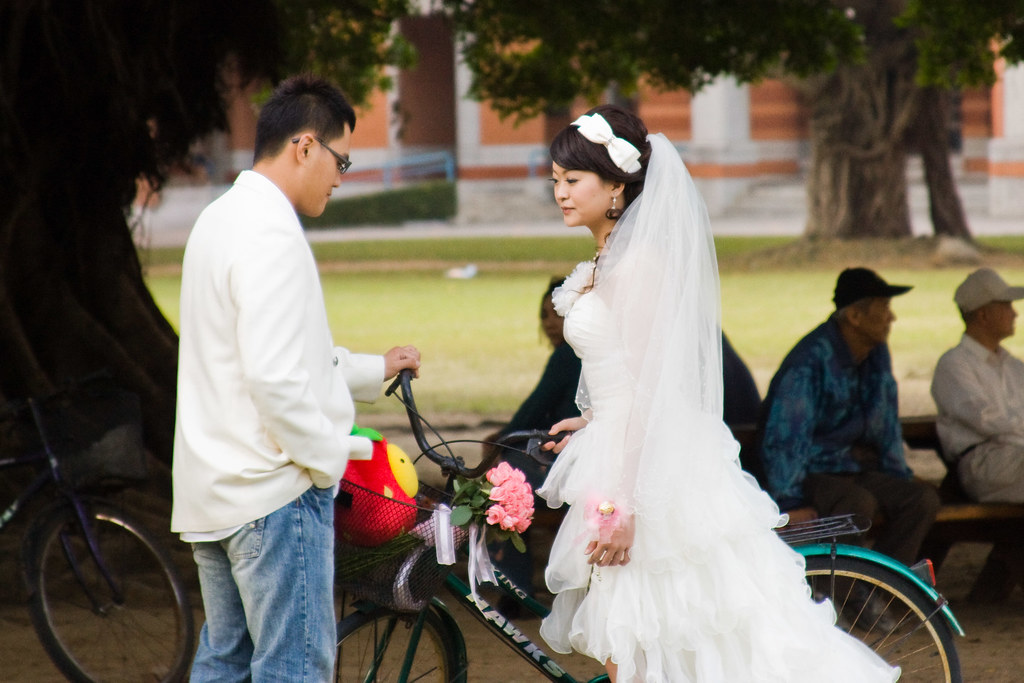
In the foreground, under the tree, a newlywed couple capture their moment in a photo-shoot.

In the background, looking on, some old men sit to enjoy a chat, possibly trying to remember their own weddings decades ago.

Near the campus gate is a strange sight for Tainan: an intact statue of Chiang Kai-shek, albeit the base is in a bit of disrepair. Tainan (as with most of southern Taiwan) has been traditionally quite "
green". The DPP presidency between 2000 and 2008 saw many references to Chiang Kai-shek, the original KMT president of Taiwan, removed from public places, and many of his statues humorously ended up in the garden at Cihu, his burial place (picture
here). Perhaps this statue will eventually suffer the same fate.
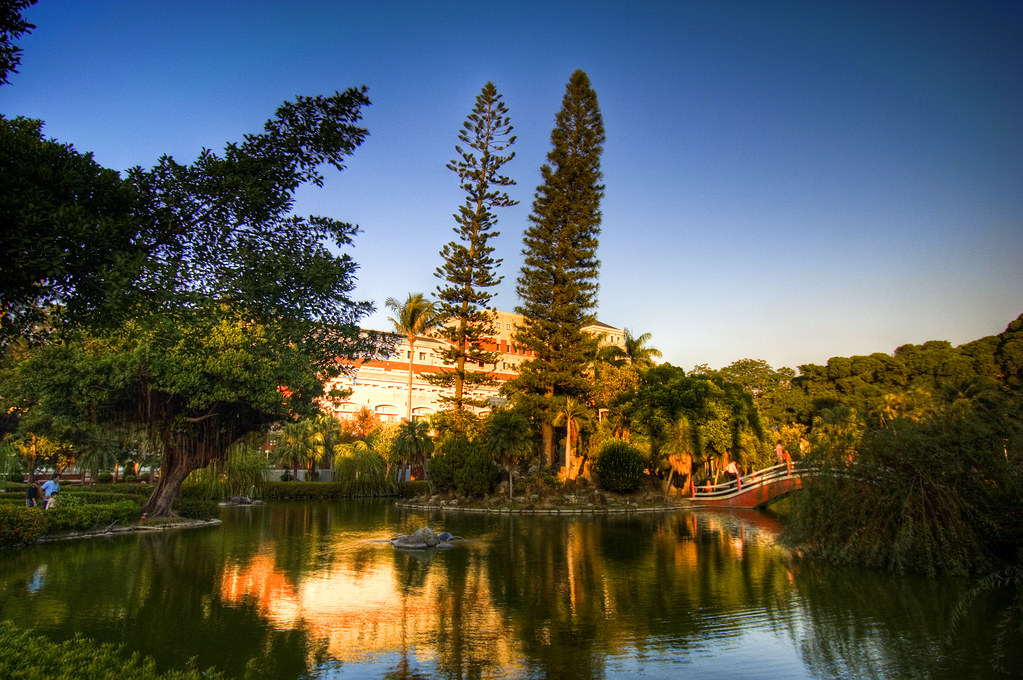
Behind the peculiar statue is a pond which, while not so peculiar in its features, was quite a pretty sight in the waning sunlight.

This campus building has some unknown purpose, but surely somehow shows off the prestige of the university.
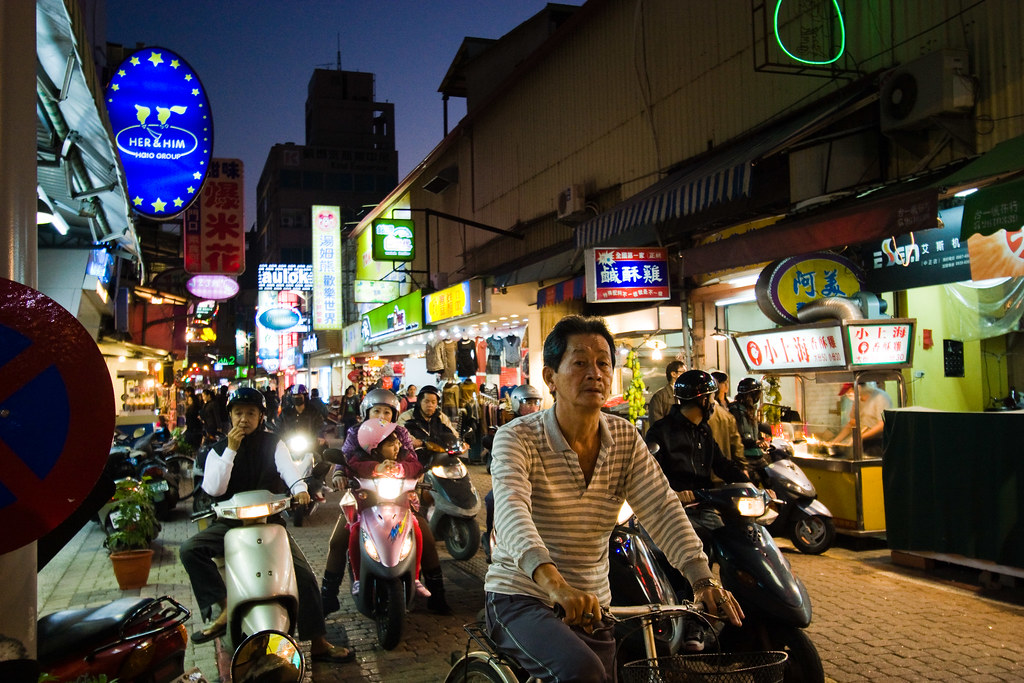
Our final stop is a night market for a small dinner. Tainan, just like Kaohsiung (and I imagine any other Taiwanese city) lights up with life at night. Food stands, restaurants and peddlers all open up shop, and there's really no point for me to ever learn how to cook.
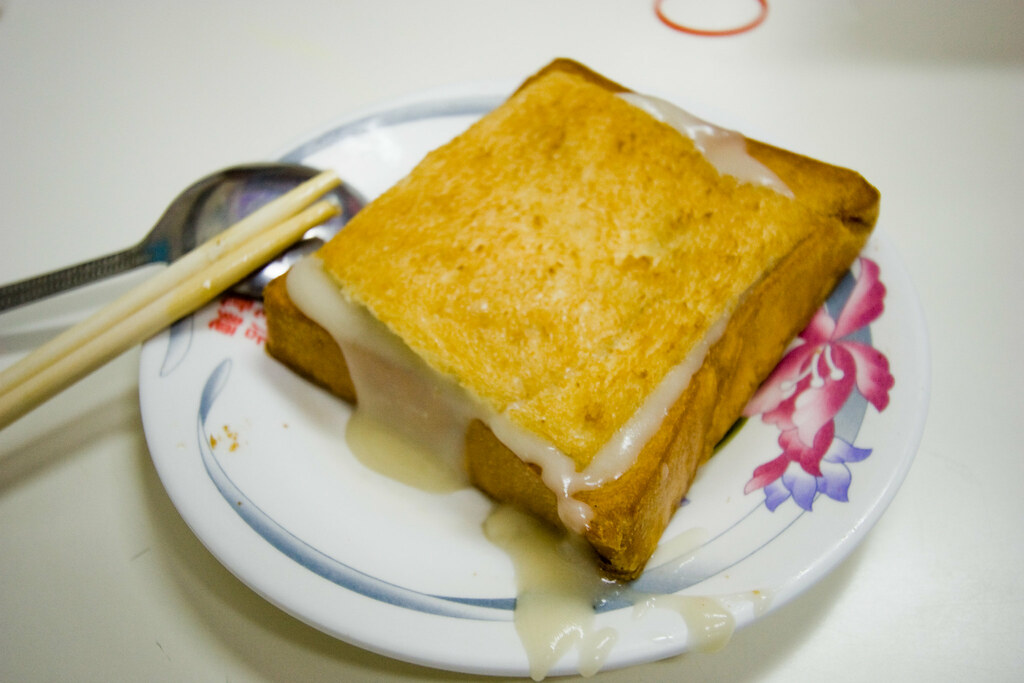
Our particular dinner is this dish called 棺材板, a piece of toast stuffed with chicken filling. It's remarkably similar to chicken pot pie, except the pie crust is replaced by a piece of crispy toast. The dish can also be made with various other types of fillings, like seafood.
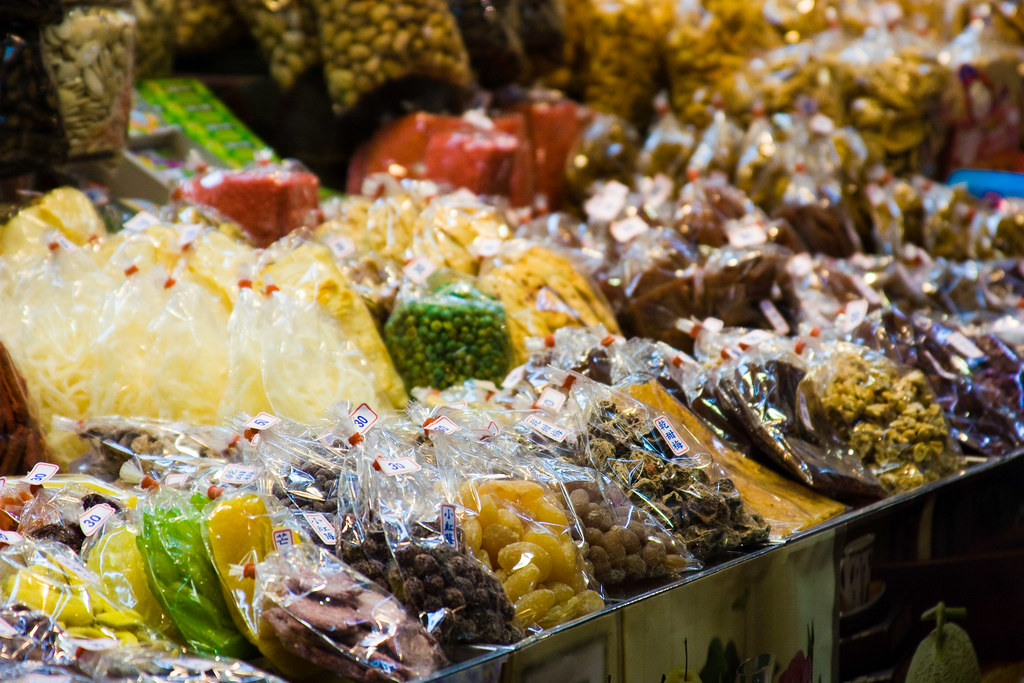
In the market are a variety of stores that sells various goods and snacks. Among them is a candy store with an impressive collection of dried fruits and other items I cannot begin to recognize. In fact, now that I think about it, it might not have been a candy store after all.
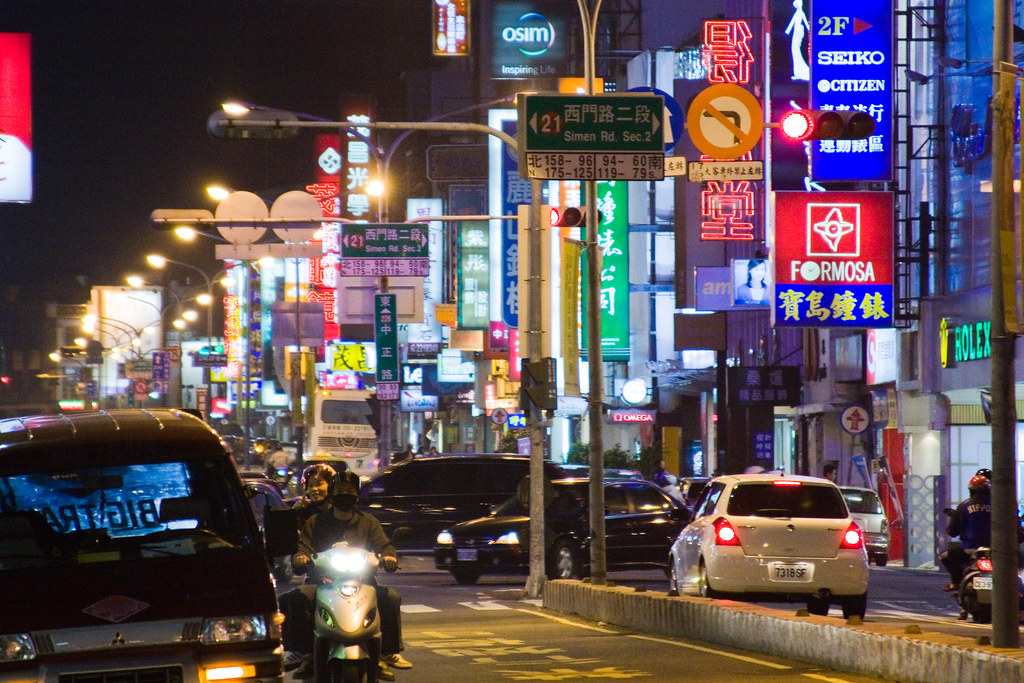
With that, we end our tour of the ancient Tainan city. The sights were good, the food was better; the locals were slightly rude, but the company was definitely top notch. This is one city crossed off my to-visit list, but I might just come back one day for more of those shrimp rolls.
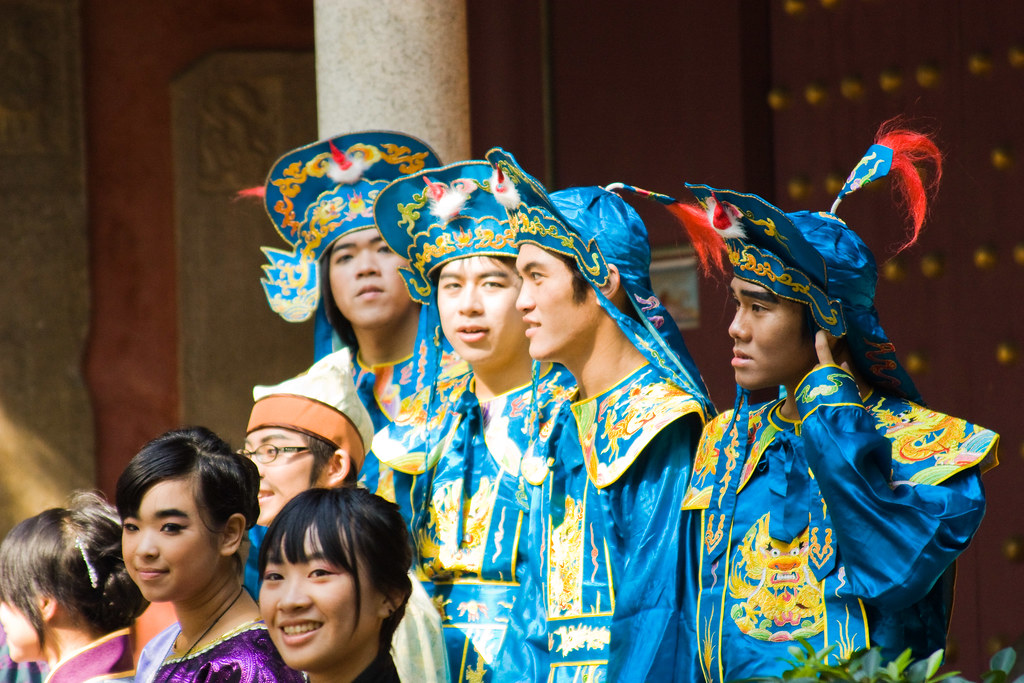









































dude, I can't believe nobody commented on this. These were some nice photos, man. And you're right, the Tainan skyline has nothing standing out because of its lack of skyscrapers. But it's really quite a site up close. Thanks for capturing the place where I grew up, I definitely miss it.
ReplyDelete